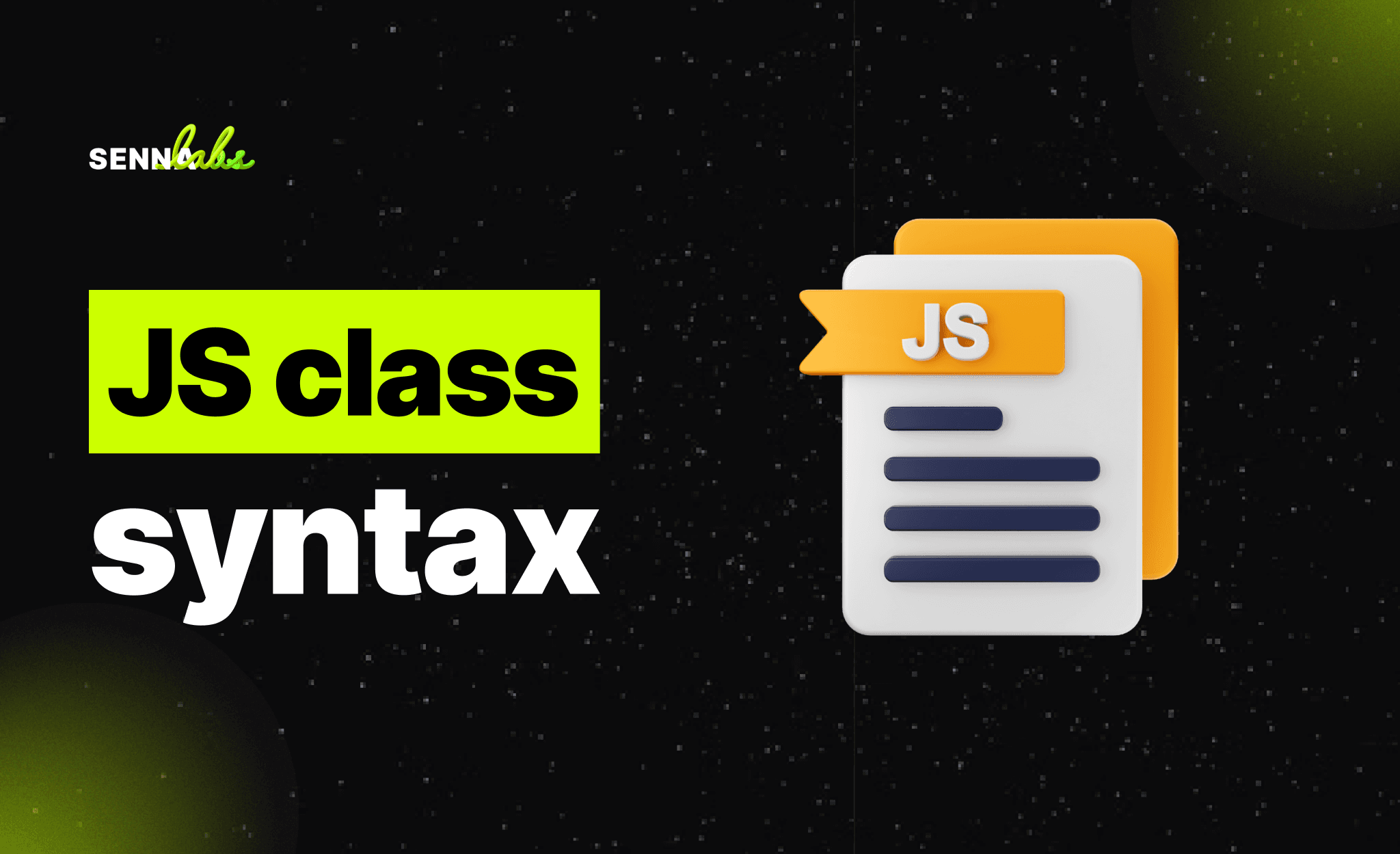Low-Code/No-Code Platforms for Rapid Website Development

In a world where having a strong online presence is essential, creating a professional website no longer requires advanced coding skills or a large development team. Thanks to the rise of low-code and no-code platforms, entrepreneurs and small business owners can now build fully functional, visually appealing websites in a fraction of the time—and cost—it used to take.
These platforms are transforming how websites are built, allowing users to focus on content, branding, and functionality without getting bogged down by complex programming. For those who need to launch fast, update often, or work with limited technical expertise, low-code and no-code tools offer a flexible and efficient solution.
In this article, we’ll explore what low-code/no-code platforms are, how they work, their benefits and limitations, and real-world applications for small businesses and startups looking to build and launch websites quickly.

What Are Low-Code and No-Code Platforms?
Low-code platforms are development environments that allow users to build applications with minimal hand-coding. They provide pre-built components, drag-and-drop tools, and reusable templates to streamline the development process.
No-code platforms go a step further, allowing users to build websites or applications entirely without writing code. These tools are designed for non-technical users, often featuring visual editors and simple workflows that make development intuitive and accessible.
summary comparing Low-Code and No-Code platforms:
-
Target Users: Low-code is aimed at developers and semi-technical users, while no-code is designed for non-technical users.
-
Customization: Low-code allows the addition of custom code when necessary; no-code typically involves minimal or no coding.
-
Development Speed: Both enable rapid development, but no-code is generally faster due to its simplicity.
-
Flexibility: Low-code offers moderate to high flexibility, whereas no-code platforms are moderately flexible but can be limiting for complex needs.
Use Case: Rapid Website Development for Small Business Owners
Imagine you’re a small business owner launching a new coffee shop. You need a website that showcases your menu, location, hours, customer reviews, and offers online ordering. Hiring a development team could take weeks (or months) and cost thousands of dollars.
Instead, you turn to a no-code website builder. Within a day, you have:
-
A mobile-friendly website.
-
A visually appealing layout with your branding.
-
Integrated contact forms and Google Maps.
-
An online ordering feature using third-party plugins.
All without writing a single line of code.
Popular Low-Code/No-Code Platforms
Here are some of the most popular platforms available today:
1. No-Code Website Builders:
-
Wix – Offers drag-and-drop website building with customizable templates, e-commerce, booking tools, and more.
-
Squarespace – Known for its elegant templates and great for creatives, portfolios, or small businesses.
-
Webflow – A powerful visual editor with designer-level control, ideal for users with some design knowledge.
-
Carrd – Great for building simple, single-page websites quickly.
2. Low-Code Platforms:
-
WordPress (with visual builders like Elementor or Divi) – A flexible CMS that can be customized with themes and plugins, ideal for those wanting a balance of visual editing and backend control.
-
Bubble – Primarily for web apps, but also suitable for complex website builds with interactive features and database functionality.
-
OutSystems, Mendix – Enterprise-grade platforms for more complex apps, though less common for small business websites.
Benefits of Low-Code/No-Code Platforms
1. Speed to Market
One of the biggest advantages is the ability to launch quickly. You can go from idea to live website within hours or days, not weeks.
2. Cost-Effective
No need to hire a development team. Many platforms offer affordable monthly pricing and free tiers to get started.
3. Easy to Update
Need to change your opening hours or add a new product? You can do it yourself—no waiting on a developer.
4. Professional Templates
Most platforms offer high-quality design templates tailored to different industries, ensuring your website looks polished and modern right from the start.
5. Integrated Features
From contact forms and e-commerce to appointment scheduling and email marketing, many platforms include built-in tools or easy integrations to extend functionality.
6. Mobile Responsiveness
Most low-code/no-code builders automatically optimize your website for mobile devices, ensuring a seamless user experience across all screen sizes.
Real-World Examples of Success
1. Local Salon Launches with Wix
A local hair salon needed a quick online presence to accept appointments and showcase services. Within a few hours using Wix, they launched a site that included:
-
Service list with pricing.
-
Embedded booking system.
-
Customer testimonials.
-
Google Maps integration.
2. Freelance Photographer Portfolio with Squarespace
A photographer used Squarespace to build a visually stunning portfolio with image galleries, contact forms, and an integrated blog to share project updates and photography tips.
3. Online Boutique with Shopify (No-Code E-Commerce)
An entrepreneur opened an online store using Shopify, customizing a theme and adding products using the visual editor. With drag-and-drop simplicity, she managed to launch a functioning e-commerce business without writing a single line of code.
Potential Limitations to Be Aware Of
While low-code and no-code platforms are powerful, they’re not perfect for every situation:
-
Limited Customization: If you need highly specific features or integrations, you may hit a wall with no-code tools.
-
Scalability: As your business grows, you may outgrow the platform’s limitations and need to migrate to a more flexible solution.
-
Performance Issues: Heavily customized no-code sites can sometimes become bloated or slow, especially if overloaded with plugins or third-party integrations.
-
Brand Consistency: You may be limited by templates that don’t fully reflect your brand unless you invest time in customization.
Tips for Getting Started
-
Define Your Website Goals
What do you need your website to do? Define clear objectives such as lead generation, online sales, or appointment booking. -
Choose the Right Platform
Research platforms based on your goals. For e-commerce, Shopify or Wix might be ideal. For content-heavy sites, WordPress with a page builder could be a better fit. -
Start Small, Then Scale
You don’t need to launch a perfect site on day one. Start with essential pages and features, then add more as you grow. -
Use Tutorials and Communities
Most platforms offer excellent documentation, video tutorials, and user forums. Use them to learn best practices and solve problems. -
Optimize for SEO and Speed
Even if you’re not coding, you can still optimize your site by compressing images, using descriptive page titles, and improving load times with built-in tools.
Conclusion: Empowering Entrepreneurs with Low-Code/No-Code Tools
In the past, building a professional website required technical knowledge, long timelines, and a sizable budget. Today, low-code and no-code platforms have democratized web development, giving entrepreneurs, small businesses, and creators the tools to bring their ideas to life—quickly, affordably, and beautifully.
Whether you're launching a boutique, promoting your services, or simply establishing a digital presence, these platforms allow you to focus on what matters most: your content, your brand, and your customers.
For anyone ready to take control of their online journey without diving deep into code, low-code/no-code is the future of rapid website development.


Subscribe to follow product news, latest in technology, solutions, and updates
บทความอื่นๆ



Let’s build digital products that are simply awesome !
We will get back to you within 24 hours!ติดต่อเรา Please tell us your ideas.
Please tell us your ideas.







